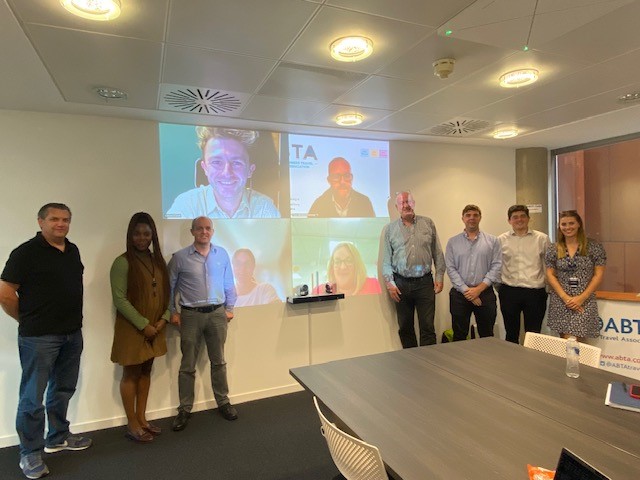 ICAO Council President Dr. Olumuyiwa Benard Aliu formalized a new Memorandum of Understanding between ICAO and Singapore yesterday, for a new five-year, six million dollar programme which will see 40 new scholarships and 600 new fellowships being made available to young up and coming aviation professionals.
ICAO Council President Dr. Olumuyiwa Benard Aliu formalized a new Memorandum of Understanding between ICAO and Singapore yesterday, for a new five-year, six million dollar programme which will see 40 new scholarships and 600 new fellowships being made available to young up and coming aviation professionals.
“ICAO is very grateful to Singapore for its leadership on human resources development – particularly through the Singapore Aviation Academy (SAA),” Dr, Alium (below) remarked, “and it is my great honour to be formalizing this new joint ICAO-Singapore programme during the 60th Anniversary of this highly-regarded and very critical training resource for aviation professionals.”
During the remainder of his speech, the ICAO Council President stressed that global air transport sustainability would be critically tied in the years to come to the ability of the aviation sector to assure sufficient numbers of skilled aviation personnel to offset forecast growth and attrition impacts.

“It would be a shame to work so hard together toward the achievement and management of the safest and most efficient air transport network the world has ever seen, only to find that we don’t have enough skilled managers and leaders to operate and regulate it sustainably for future generations,” he remarked.
Through the collective efforts of ICAO, Member States and Industry, 2017 set a record for aviation safety even as air transport carried a record 4.1 billion passengers on 37 million flights. Recognizing the transformational power of aviation to improve the lives of people everywhere, President Aliu told his aviation leader audience that the responsibility to assure air transport would continue to drive sustainable socio-economic benefits rested squarely on their shoulders.
“As our system and its aircraft continue to modernize, becoming greener and more supportive of global climate priorities as they do, we must also do more to ensure our network’s sustainability from all relevant standpoints,” he stressed. “Aviation’s workforce is contracting due to the inevitable demographics of aging populations, lowering birth rates, and other attrition factors, and these challenges to workforce planning are further aggravated by the increasing number of high-tech careers in other industry sectors which compete with aviation for up-and-coming talent.”

ICAO has recently updated its forecasts for three key air transport professions; namely, pilots, air traffic controllers and aircraft technicians. Our preliminary numbers have revealed that no fewer than 620,000 pilots will be needed by 2036 to fly the world’s 100-seat-and-larger aircraft. But even more important than this figure is the fact that no less than 80 percent of these future aviators will be new pilots who are not yet flying today.
The story is the same with respect to the future air traffic controllers, maintenance personnel, and other technicians needed, as well as for hundreds of direct and indirect aviation-related career categories which will be impacted by attrition-related trends.
“What this makes clear is that we will need to increase the overall numbers of next generation aviation professionals, and ideally manage their balanced movement between countries and employers,” Dr. Aliu highlighted. “The fact that air transport functions first and foremost as an interconnected network means that all States and regions must be substainably serviced”



 share
share





















































